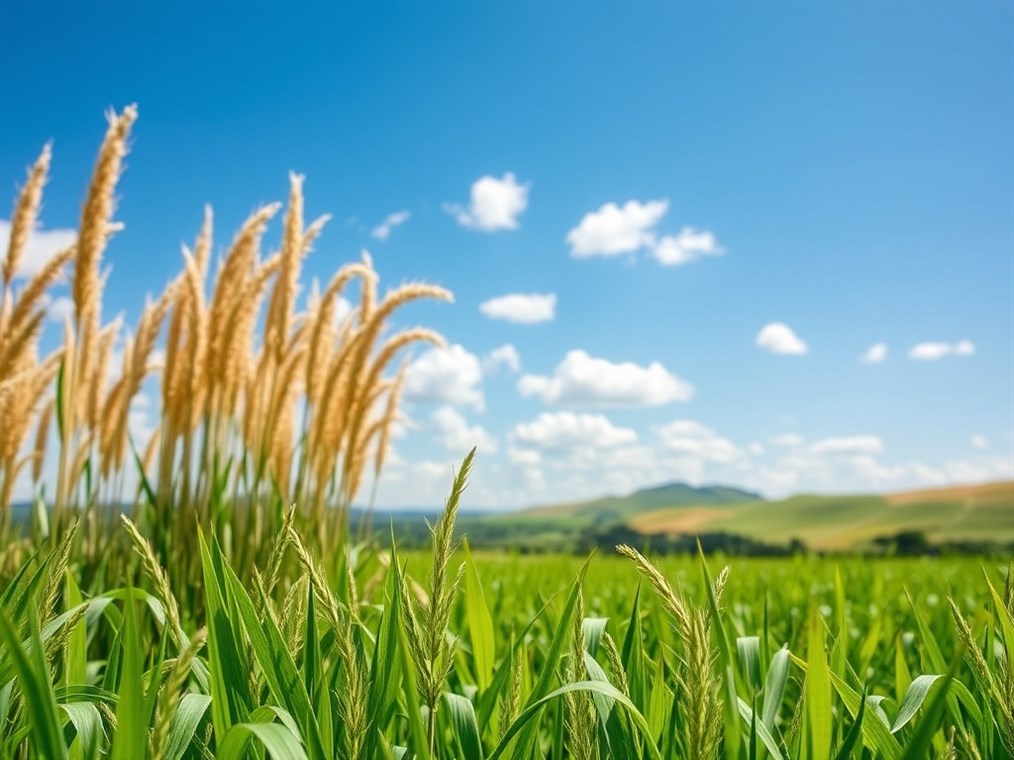Teff vs. Sorghum: Let’s Talk About These Awesome Ancient Grains
So, you’re exploring the world of gluten-free grains, huh? Maybe you’ve stumbled upon teff and sorghum and are wondering what all the fuss is about. Are they the same thing? Nope, not even close! While they’re both ancient grains, packed with nutrients and naturally gluten-free, that’s pretty much where the similarities end. Think of them as cousins, not twins. Let’s dive in and see what makes each of these grains so special.
Teff: The Tiny Powerhouse
Imagine a grain smaller than a poppy seed. Seriously, tiny. That’s teff (Eragrostis tef), and it’s been a staple in Ethiopia and Eritrea for over 3,000 years. Can you believe it? The name “teff” supposedly comes from the Amharic word for “lost,” which makes sense when you consider how easily you could misplace these little guys during harvest! But don’t let its size fool you; teff is a nutritional giant.
Here’s the lowdown on teff:
- Hails From: Good ol’ Ethiopia and Eritrea.
- Size Matters (or Doesn’t): Seriously, it’s the world’s smallest grain, clocking in at about 1 mm.
- Flavor Profile: It’s got a mild, nutty flavor that’s pretty versatile.
- Gluten-Free Goodness: Naturally gluten-free, so dig in!
- Nutritional Punch: We’re talking protein, fiber, iron, calcium, magnesium, and manganese. Basically, a multivitamin in grain form.
- How to Use It: The most famous use? Injera, that spongy, slightly sour Ethiopian flatbread. But you can also use it in porridge, baked goods, or as a thickener for soups and stews. Get creative!
Sorghum: The Versatile Grain with Global Appeal
Now, let’s talk sorghum (Sorghum bicolor). This grain also has African roots, but it’s now grown all over the world in tropical and subtropical areas. It’s kind of a big deal, actually – the fifth-most important cereal crop worldwide, after rice, wheat, maize, and barley. You might know it by other names, like jowar, cholam, or jonna in India, Guinea corn in West Africa, or even kaoliang in China. Talk about a world traveler!
Sorghum’s key stats:
- Born In: Africa, originally.
- Size: Still small, but a bit bigger than teff, around 2 to 4 millimeters.
- Taste: Mild, slightly sweet, and nutty. A little different from teff, but still delicious.
- Gluten-Free? You Bet! Another great option for those avoiding gluten.
- Packed With: B vitamins, magnesium, potassium, phosphorus, iron, zinc, fiber, and antioxidants. It’s like a party in your mouth… a healthy party!
- What Can You Do With It?: So much! Think couscous, porridge, flatbreads, or even popped like popcorn. Plus, it’s used as animal feed, in ethanol production, and even as a natural sweetener in processed foods. This grain is a real workhorse.
Teff vs. Sorghum: The Nitty-Gritty
Okay, let’s break it down side-by-side to really highlight the differences:
| Feature | Teff | Sorghum

